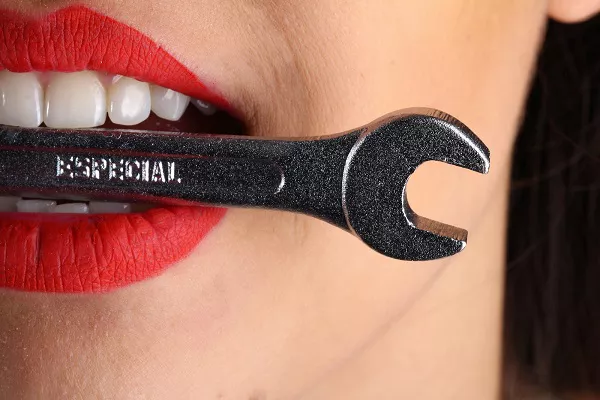Using teeth whitening strips is a common practice for those who want to achieve a brighter smile. These strips are made of a thin layer of gel that contains a peroxide-based whitening agent, which works to remove surface stains from the teeth. However, it is important to follow the manufacturer’s instructions carefully when using these strips, as leaving them on for too long can have negative consequences.
According to dental professionals, leaving whitening strips on for longer than the recommended time can lead to tooth sensitivity, irritation of the gums, and even chemical burns on the gums. In some cases, it may also cause damage to the tooth enamel, which can increase the risk of tooth decay and other dental problems.
Web articles on the topic, such as those from the American Dental Association (ADA) and Healthline, advise that it is important to adhere to the instructions provided by the manufacturer when using teeth whitening strips. Typically, this involves leaving the strips on for 30 minutes or less, depending on the brand and strength of the strips. The ADA also notes that it is important to avoid using these strips too frequently, as doing so can also damage tooth enamel.
In addition to following the instructions provided with the strips, there are some other tips that can help minimize the risk of negative side effects. For example, it is important to avoid brushing your teeth immediately before or after using the strips, as this can increase the likelihood of tooth sensitivity. It is also recommended to avoid consuming food or beverages that can stain the teeth, such as coffee, tea, or red wine, for several hours after using the strips.
In conclusion, while teeth whitening strips can be an effective way to achieve a brighter smile, it is important to use them correctly and in accordance with the manufacturer’s instructions. Leaving the strips on for longer than 30 minutes can lead to negative side effects, including tooth sensitivity and damage to the tooth enamel. By following these guidelines and being mindful of other factors that can impact tooth health, you can achieve a whiter smile without putting your dental health at risk.
































